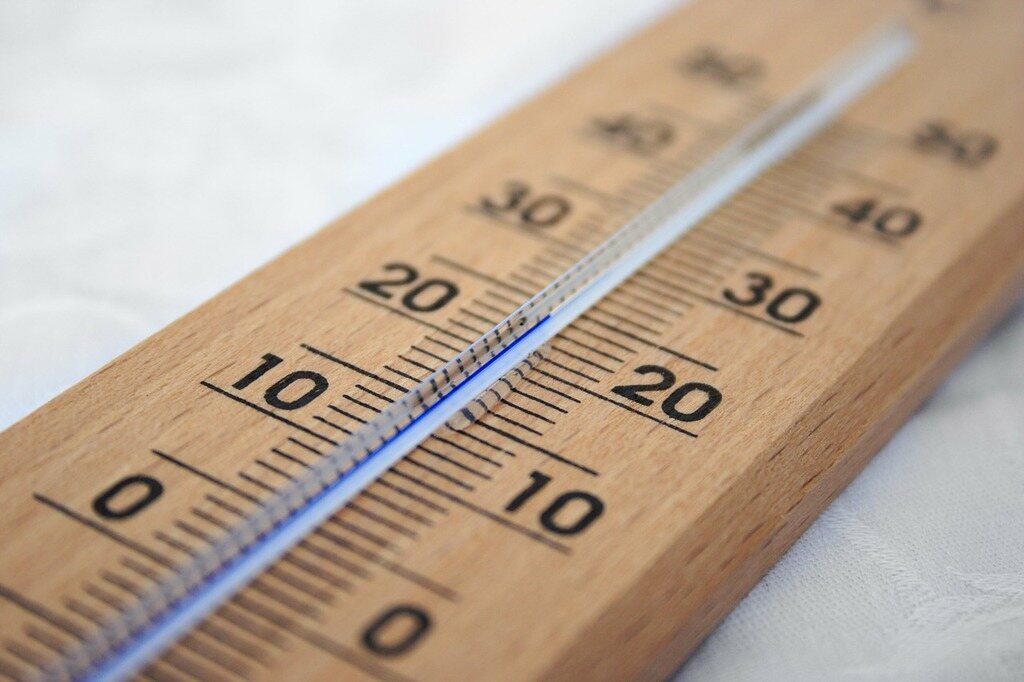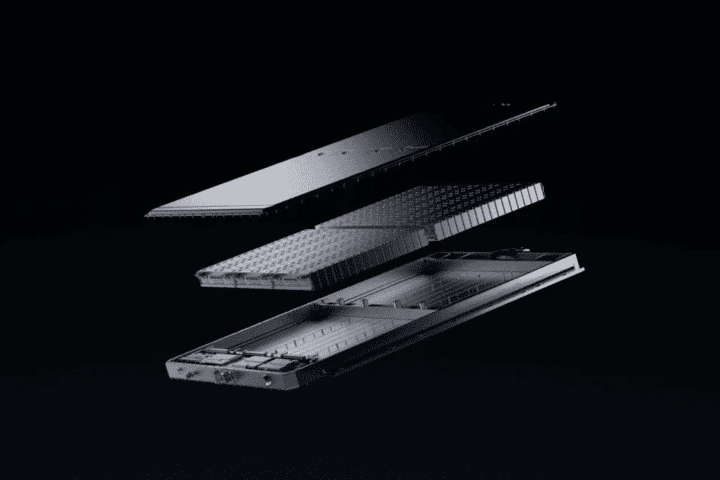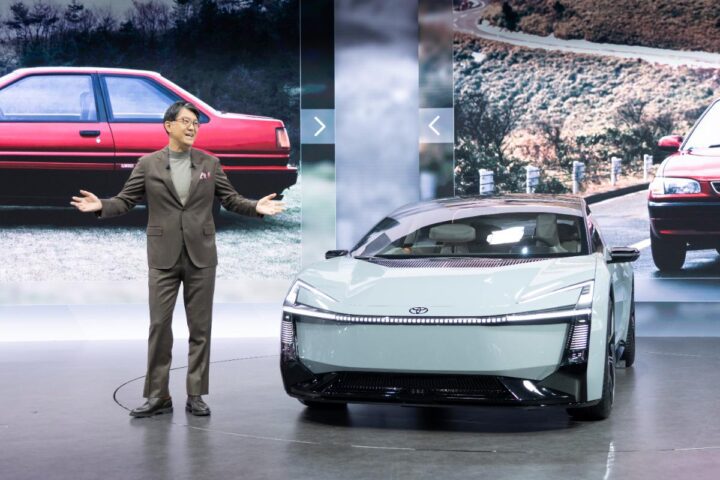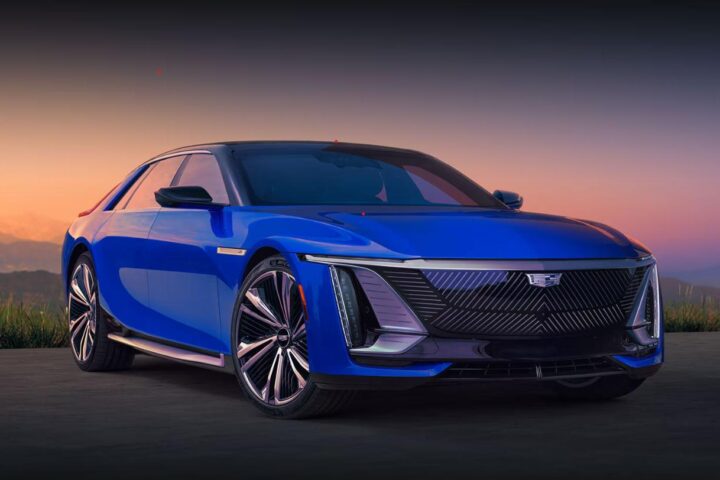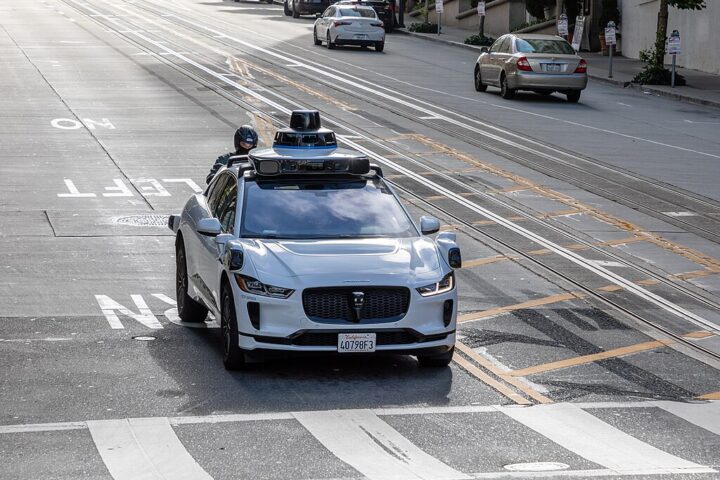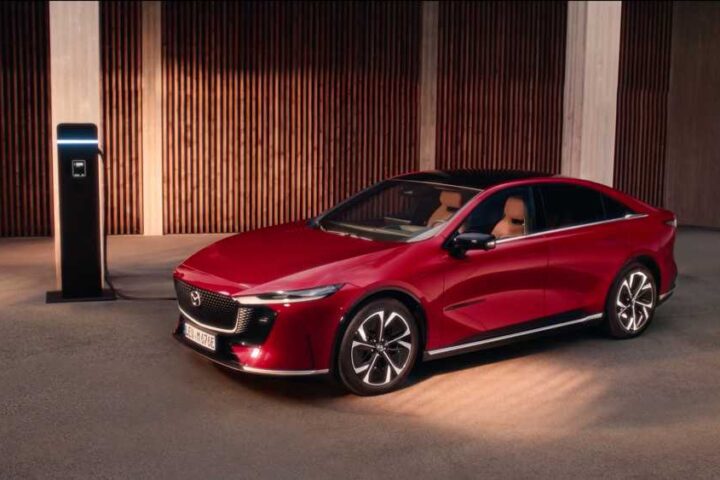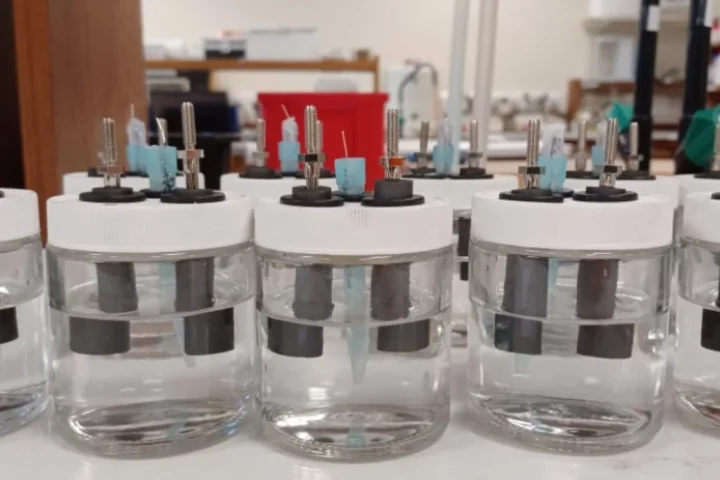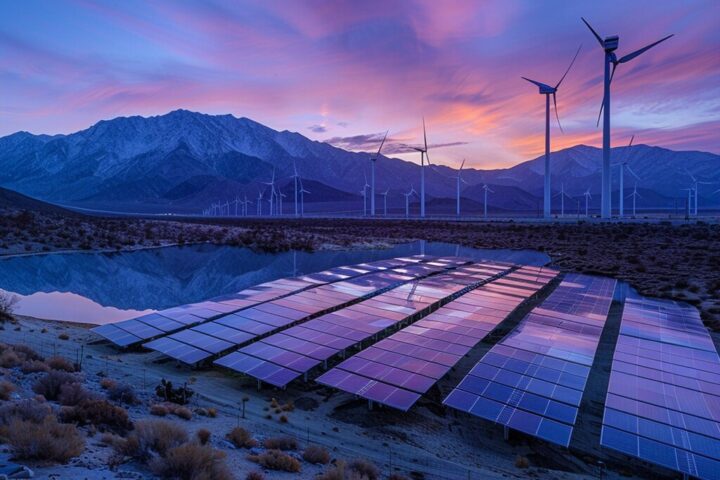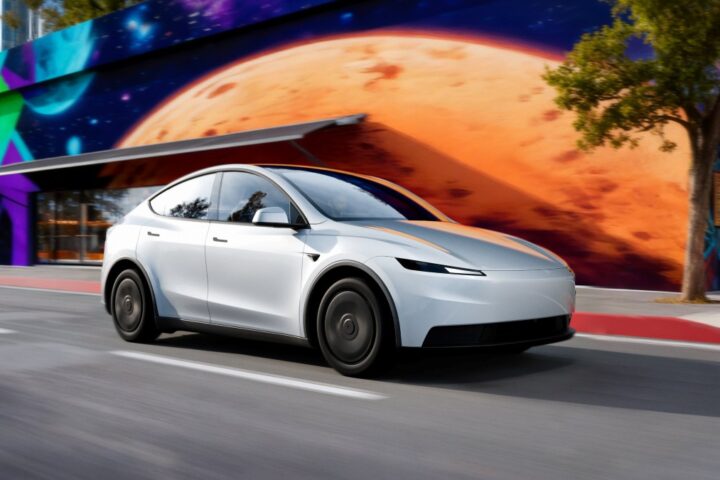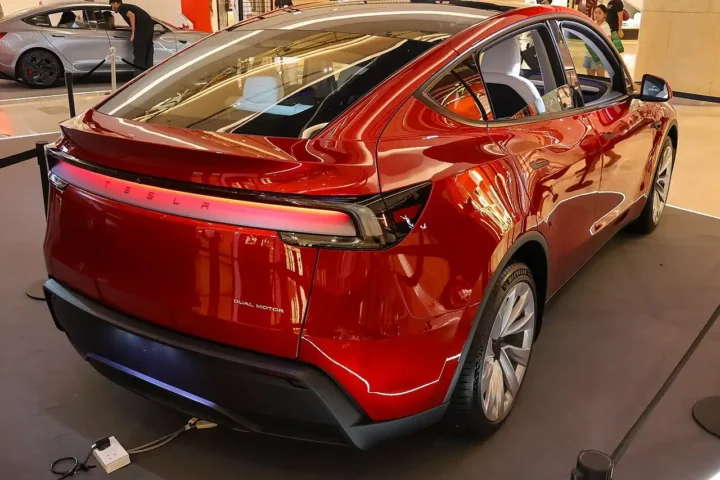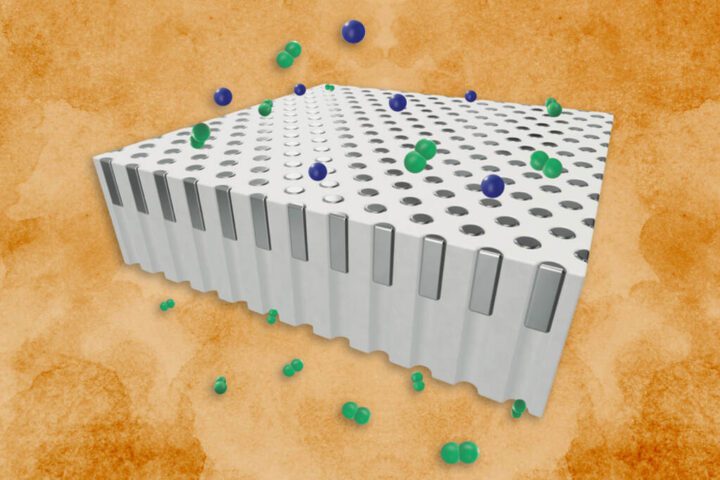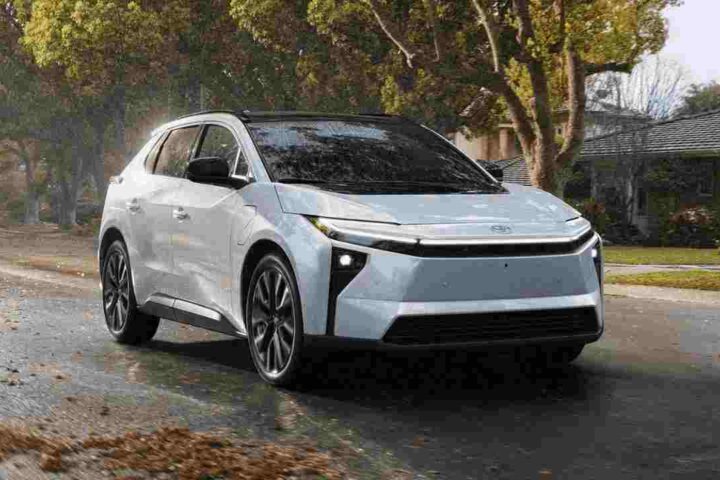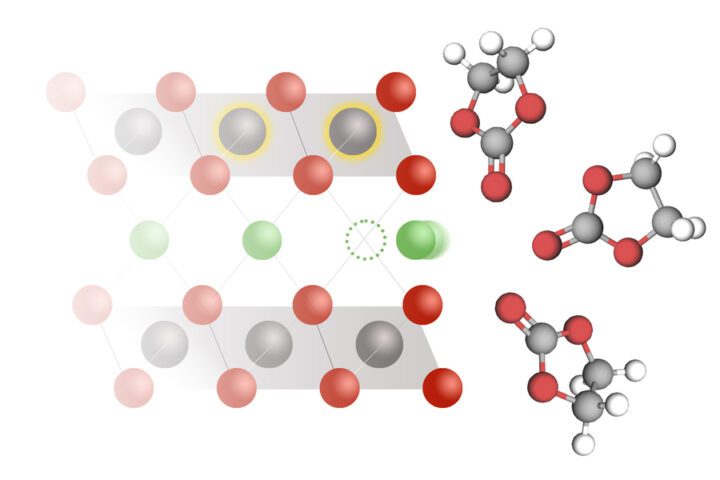Illinois Approves 2026–29 Energy Efficiency Portfolios Worth $2.79 Billion
Income-qualified programs grow, heat pump adoption expands, and methane furnace rebates wind down for higher‑income customers after 2027.
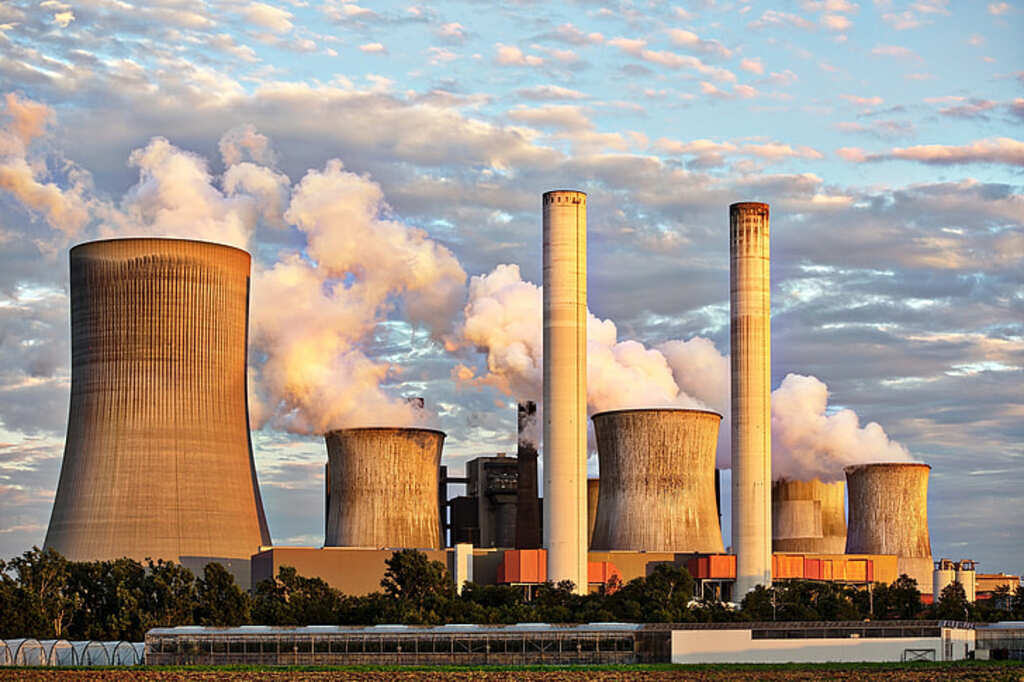
At a glance
The Illinois Commerce Commission approved 2026–29 electric and gas energy efficiency portfolios that will invest about $2.79 billion to support utility‑bill savings. Negotiations involved utilities and advocates, with plan materials available via the ICC Stakeholder Advisory Group and a summary at the NRDC.
Energy efficiency is treated as a low‑cost resource that reduces demand, trims household bills, supports jobs, and eases stress on energy systems. Since 2008, Illinois programs have expanded, with the new portfolios adding access measures for communities facing barriers to efficient and electric technologies.
Related reading: federal and market context around appliance standards, actions affecting water‑heater rules, city‑scale electrification such as NYC’s all‑electric tower, and price trends in clean energy.
- Income‑qualified investments increase by $25.4 million per year above 2022–25 commitments.
- About $408 million per year directed to workforce training and local business capacity.
- Electric utilities expand installation of heat pumps, including affordable multifamily buildings with inefficient resistance heat.
- Methane gas furnace rebates sunset for higher‑income Ameren customers after 2027, with emphasis on weatherization for all gas customers.
- ComEd increases all‑electric new construction/gut‑rehab support; Ameren launches income‑qualified electrification for propane‑heated homes.
- Additional support applies to small business and C&I programs, health/safety pre‑weatherization, and improved data reporting.
Context references: grid planning needs like California’s net‑zero pathway and fee trends such as delivery charges.
Estimated lifetime savings from yearly upgrades equate to electricity for roughly three million homes and gas for about half a million homes annually — comparable to the yearly carbon pollution of 122,358 average gasoline cars.
Related reading: floating solar trade‑offs and aviation fuel changes at Chicago Midway.
SB25 seeks a target of 2% of total electric utility sales in annual savings, a peak‑demand reduction goal, higher minimum income‑qualified investments, and expanded building electrification. The veto session is scheduled in October 2025.
Background links: coal‑plant compliance leniencies and national infrastructure such as EV charging funds.

